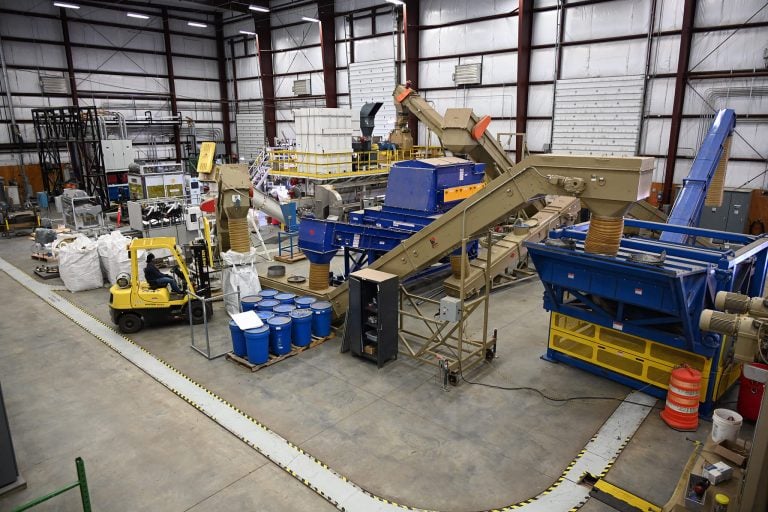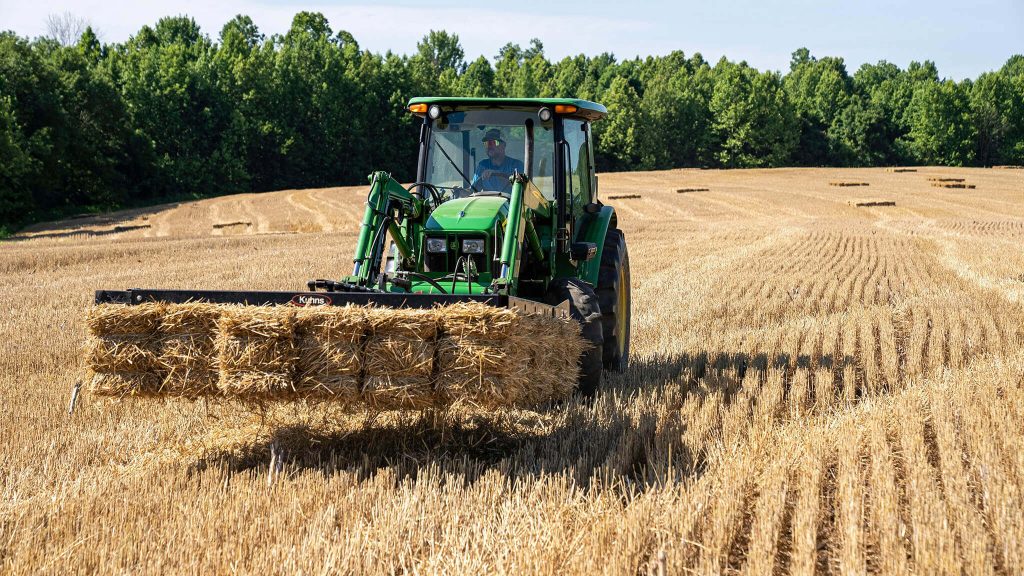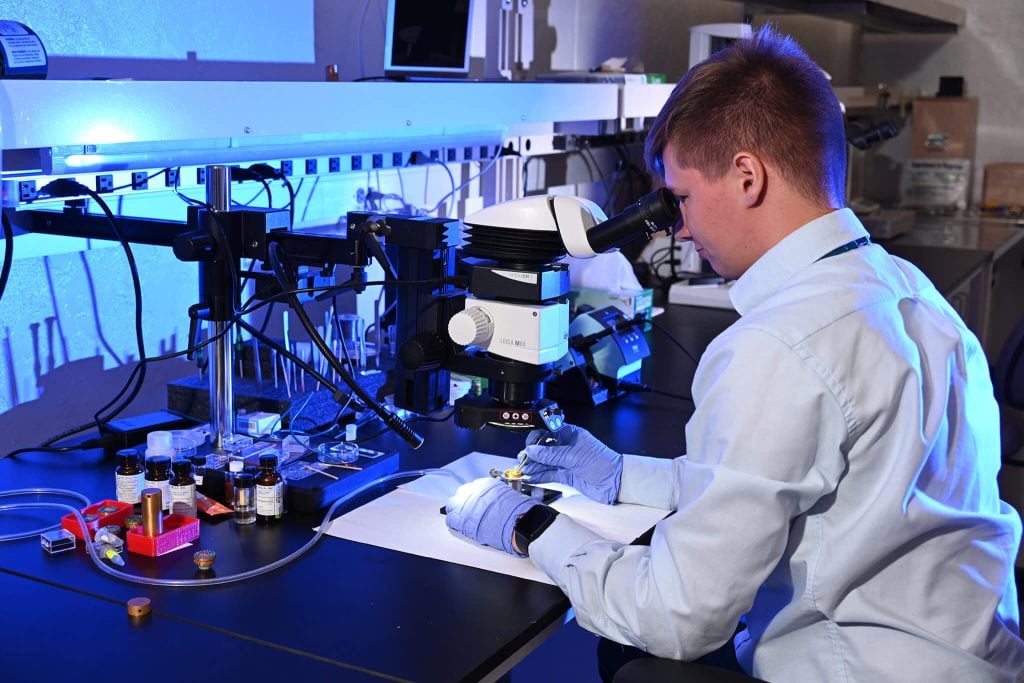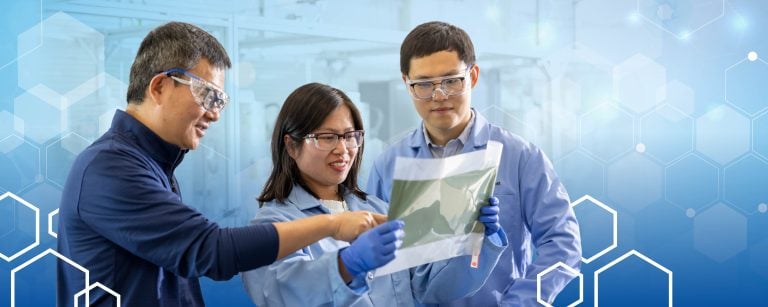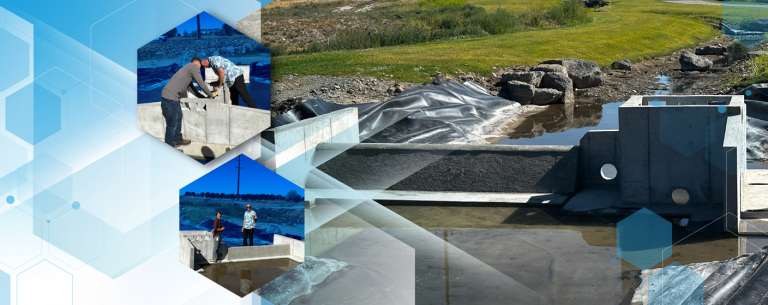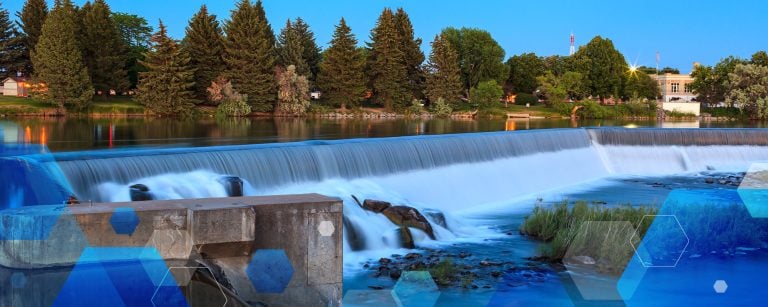Bioenergy Research
Solving Feedstock Challenges Today
The INL Bioenergy Program’s mission is to support DOE in achieving their vision by developing processes and technologies through applied science and engineering that remove the barriers associated with accessing a secure, efficient feedstock supply.
INL is the nation’s leading laboratory for bioenergy feedstock research. Specifically, INL’s research is focused on addressing barriers associated with efficiently and economically supplying large quantities of quality feedstock to future biorefineries. This effort includes improving feedstock preprocessing technologies, understanding feedstock variability and its implications on conversion processes, feedstock supply system design and analysis, and at-scale equipment testing and design. INL feedstock research and development occurs at several scales, ranging from laboratory-scale, to bench-scale prototyping, to pilot-scale testing and demonstration in partnership with other national labs, industry, and academia.
INL manages the DOE-funded Biomass Feedstock National User Facility (BFNUF), which is comprised of the Process Development Unit (PDU), a modular research system for testing feedstock formulation processes, collecting process data, and producing small and large quantities of feedstocks for conversion testing. BFNUF also includes the Biomass Characterization Laboratory and Bioenergy Feedstock Library, which enable bioenergy developers to understand feedstock quality and its potential impact on conversion performance.
Related Links
Multimedia
Bioenergy
Scientists and engineers at Idaho National Laboratory are working with partners throughout the bioenergy industry in preprocessing and characterization to ensure optimum feedstock quality.
INL Biomass Storage Research
Idaho National Laboratory, with assistance from POET, is conducting research about biomass bales (i.e. corn cob, leaves, husks) and how best to store them. This is an interview with INL research engineer, Kevin Kenney, at the site near Hurley, South Dakota.
Integrated Energy News
At a nondescript laboratory in Idaho Falls, Idaho, Wei Tang, Wenjuan Bian and Dong Ding make highly sophisticated advanced energy...Read More
(IDAHO FALLS, Idaho) — Idaho Falls Power and the Idaho National Laboratory (INL), with support from the U.S. Department of...Read More
In many electricity markets, hydropower operators earn a significant portion of their revenue from the day-ahead market. In this market,...Read More

